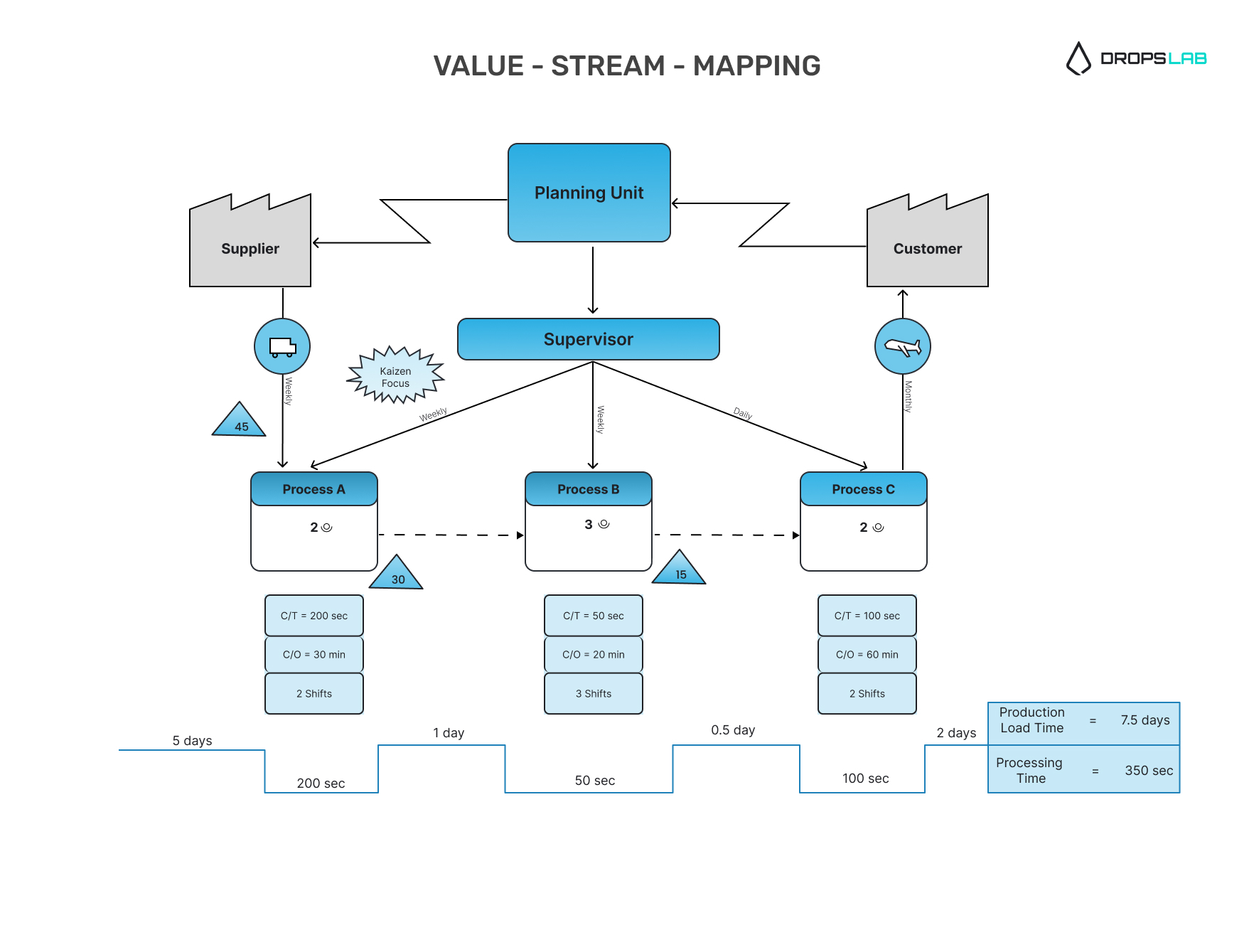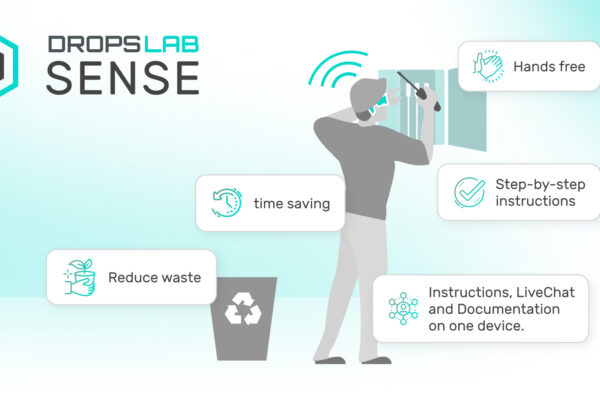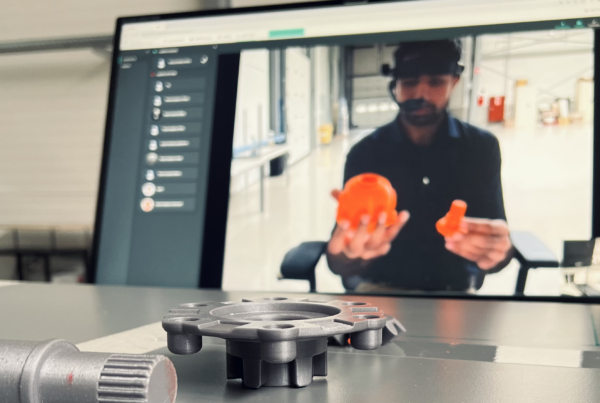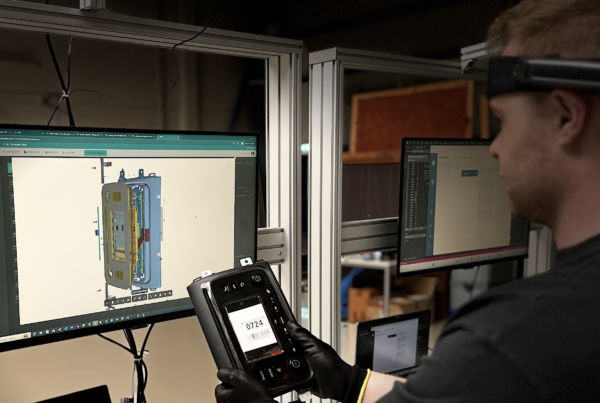What is Value Stream Mapping
A lean management approach that shows how a product or service moves along a value stream is called value-stream mapping. By “mapping” the value stream, which shows where work is done and value is created from the site of origin with suppliers to production and on to the client, engineers may assess the current state of operations and create more ideal future states. Together with measuring time and volume invested, it records the major events that take place across the production chain and tracks the flow of information and resources. It’s also known as information or material flow mapping.
Lean Value Stream Mapping
The goals of value stream mapping are to identify and remove waste, shorten process cycle times, and implement process improvement. As a result, in its future state, the current value stream can operate more efficiently.
The commonly recognized seven wastes of manufacturing (or, depending on your calculation, eight wastes of Lean Manufacturing) can guide the waste elimination process.
These are:
| Transportation | Inventory/Storage | Motion |
| Waiting | Excess Production | Excess Processing |
| Defects | Unused skill | And More |
When the wastes have been identified, it is necessary to determine the type of activity from which they originated. There are three kinds.
- Activities or procedures that don’t create value (NVA)
- Processes or actions that are necessary but do not add value (NNVA)
- Procedures or activities that create value (VA)
Based on the process’s value add, the succeeding wastes can be completely avoided, decreased, or purposely neglected.
Value Stream Mapping Process
Every value stream map has two forms: the present state and the future state. The current state is utilized to figure out the current flow, whilst the future state is used to imagine how a more effective state should seem.

Value Stream Mapping 5 Steps
Step 1: Form a team to define the map of value stream
Value stream mapping functions as a board that shows all primary operations and procedures on the factory floor. To obtain new ideas, it is important to gather experts from all organizational divisions and levels.
Step 2: Analyze the procedure family
Check if goods or services move through similar stages in the value chain. When necessary, make a matrix. This step makes sure that every process that takes place for every product on the production floor is recorded.
Decide which process is dominating and start there. Additional jobs might be included in a value stream map. But the one that includes most of your goods or services should always come first.
Step 3: Collect the metrics necessary to make the current state map
“Explore the flow” by going through the manufacturing process. This is the kind of situation where a Gemba walk can be beneficial. Engage in conversation with industrial workstations workers and inquire about their everyday routines.
Collect and combine metrics like:
- Cycle Duration/Processing Time
- Initial Pass Yield
- Operational Machinery Efficiency
- Inventory Levels
- Waiting/Down Times
- Frequency of Machine Maintenance
It is important to document any metrics important to a given stage in the manufacturing process. Later, while cutting waste, these metrics could potentially be utilized as KPIs.
Step 4: Draw the current state map
Although the visual appearance of each Value Stream Map will vary, most of them will have the following basic features:
- Upper-left and Upper-right corners for supplier and customer information, respectively
- Top half of the page for information flow
- Lower half for the flow of materials (or products)
- Top and bottom gutters to determine time that is value-added and not
Usually, actions that add value are drawn along the center to begin the value stream. The non-value-adding stages are then included with data like Cycle Time (C/T), Changeover (C/O), Quantity per__ (Qty), and Uptime underneath each value-adding step. Whatever is included in the VSM symbols can be used, based on the metrics that are significant to a work floor.
The terms “process” and “operations” refer to the horizontal value-adding stages and the non-value-adding phases, respectively. The nomenclature was chosen with the understanding that non-value-adding stages are the “operations” that are performed by workers or machines, and that they are the preliminary steps leading up to the value-adding processes. The “process” is the outcome of these “operations.”
Step 5: Create the future state map
After looking over the present state map, make a value stream map of the ideal state for the future. You might wish to compute the takt time and/or do a bottleneck analysis to determine what constitutes a suitable modification.
After you have a copy of the future state map, assess which activities and processes require modification and devise a plan of action to bring these regions up to date. Understanding the process’ non-flowing phases is one goal we want to achieve using a value stream map. Perhaps there are several quality or rework cycles, or perhaps there are massive stacks of inventory. Perhaps you have cells that you might combine to create a single component of the flow. The value stream must eventually flow, even while waste must be eliminated.
Enhance Value Stream Mapping with Dropslab Technologies
Organizations can digitize and simplify their value stream mapping process by utilizing Dropslab Technologies solutions, such as the Dropslab Sense application. These systems include augmented reality interfaces and data collecting, which make it easier to see the value stream and pinpoint areas for development. Through the use of Dropslab solutions, industries may improve their lean management techniques and attain increased productivity, improved quality, and constant enhancement in operations.
Schedule a demo with one of our representatives to discuss how Dropslab may improve your value stream mapping process.
1. What is value stream mapping, and why is it important?
Value stream mapping is a lean management approach to visualize and improve the flow of products or services through a value stream.
2. What are the types of activities identified in value stream mapping?
Activities are categorized as value-adding (VA), necessary but non-value-adding (NNVA), and non-value-adding (NVA).
3. How can value stream mapping help eliminate waste?
By identifying and analyzing the seven wastes of manufacturing, businesses can streamline processes and reduce inefficiencies.


